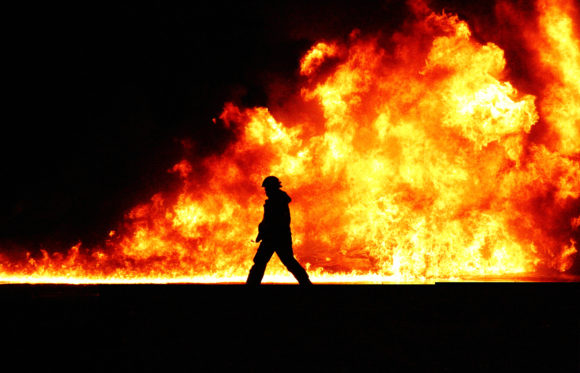Whether it’s an earthquake on the West Coast, a hurricane on the East Coast, tornadoes and floods in the Midwest, or an act of terrorism, all businesses have the potential of being faced with a disaster that can interrupt or shut down their operations.
As an insurance agency, we made sure we took the necessary steps to protect our interests and minimize our disruption, so that we could get up and running as quickly and efficiently as possible after a catastrophic event.
First, we assessed our exposures: Are we in an area that is prone to natural disasters such as those mentioned here? Are we potentially a target for a terrorist attack? Do we do anything that would attract the interest of those types of individuals? Are we located in a large metropolitan area such as New York or Boston? What are the ramifications if our computer systems are hacked and our data is disseminated and/or our technology systems are inaccessible? Do we have industry-specific exposures?
Then, we asked the following questions, reproduced with credit to FCCI:
- What are the essential functions of my business that need to continue or resume rapidly after a catastrophic event?
- How do I continue to provide service to my customers during and after a catastrophic event?
- Who should I call upon to assist me if my business is affected directly or indirectly by a catastrophic event?
- Where would I go to continue providing my customers with my business services?
- Who are my community emergency departments and contacts?
- What other important contacts can help reduce the time of recovery and allow my business to more rapidly resume normal operations?
- What protections are in place to minimize the impact of a catastrophe on my business operations, my people, and my customers?
- Are my vital records, documents, and files — including legal contracts, tax returns, accounting statements and customized computer files — protected?
- Are my vital records quickly and easily accessible to assist in the recovery of my business?
- Have I done everything I can do to prepare?
Next we formulated a business continuity and disaster preparedness plan that includes:
- Emergency planning team;
- Analyze/itemize your critical operations;
- Primary and secondary emergency contacts;
- Identify an emergency response team;
- Alternative location from which to operate;
- List of suppliers and contractors with whom you would partner with after a disaster;
- Evacuation plan with information on area shelters;
- Communication plan;
- Cyber security plan;
- Data and record back-up plan;
- Employee emergency contact information;
- Annual review.
Lastly, we reviewed our insurance program with our risk management team to determine which exposures are insurable, and which are not. We complied with best practices whenever possible, which allowed for the most comprehensive and competitive coverage.
While you cannot necessarily predict or prevent a disaster, proper planning and pre-assessments will assist with minimizing the disruption and allow for resumption of operations as soon as possible so you can help your clients also get back on their feet.
Topics Catastrophe Agencies Windstorm
Was this article valuable?
Here are more articles you may enjoy.



 Ryan Specialty Announces Succession Plan: Pat Ryan to Exec Chair, Turner to Be CEO
Ryan Specialty Announces Succession Plan: Pat Ryan to Exec Chair, Turner to Be CEO  Allstate, Nationwide Post Dramatic Q12024 Homeowners Loss Ratio Drops: S&P
Allstate, Nationwide Post Dramatic Q12024 Homeowners Loss Ratio Drops: S&P  Microsoft Tells Texas Agencies They Were Exposed in Russian Hack
Microsoft Tells Texas Agencies They Were Exposed in Russian Hack  As Rates Rise, Majority of Homeowners Say Insurance Industry Is in Crisis: Survey
As Rates Rise, Majority of Homeowners Say Insurance Industry Is in Crisis: Survey 


